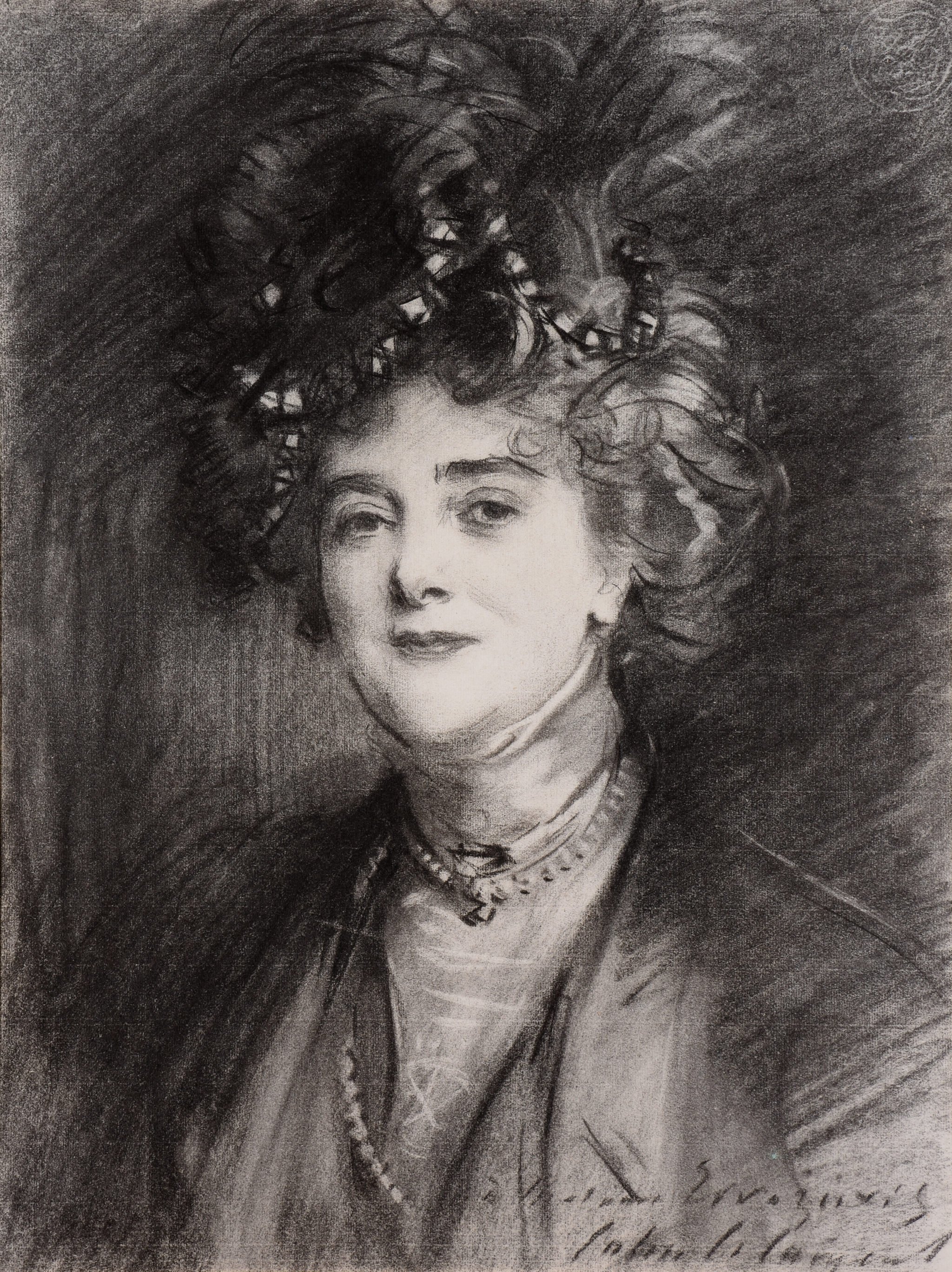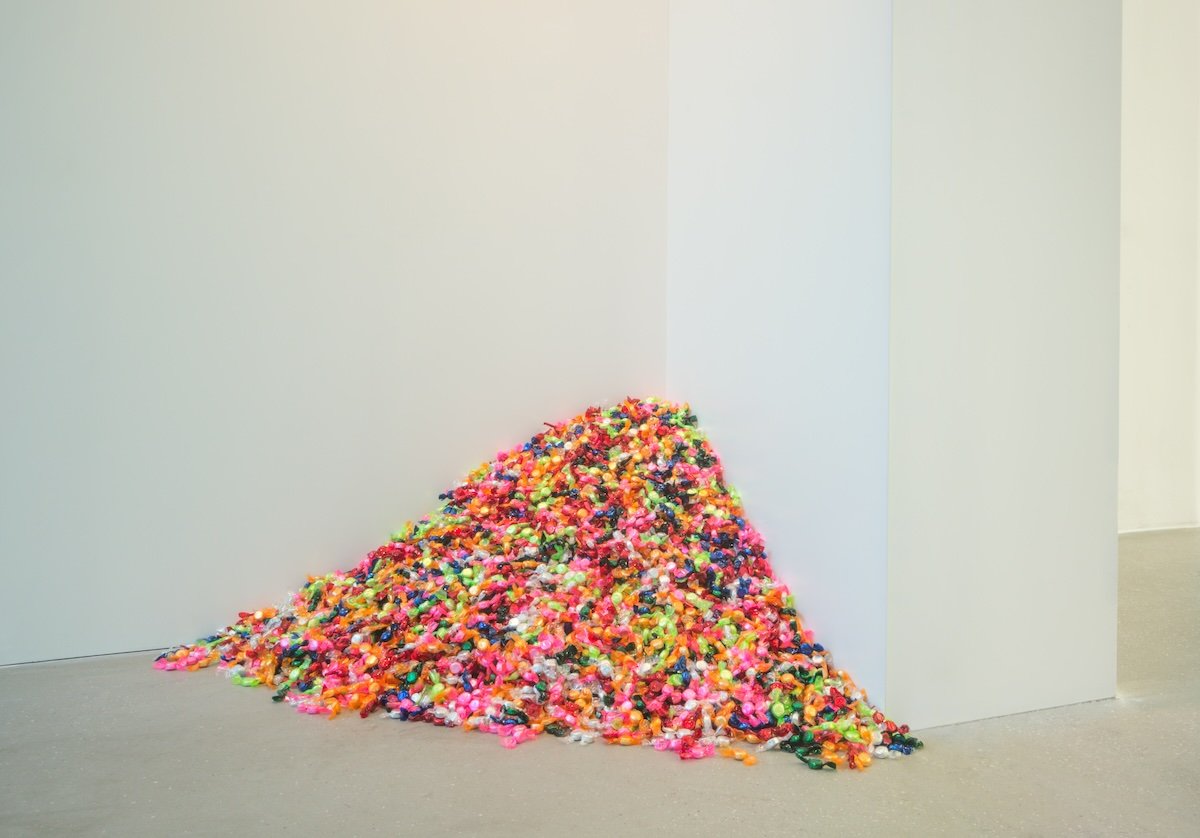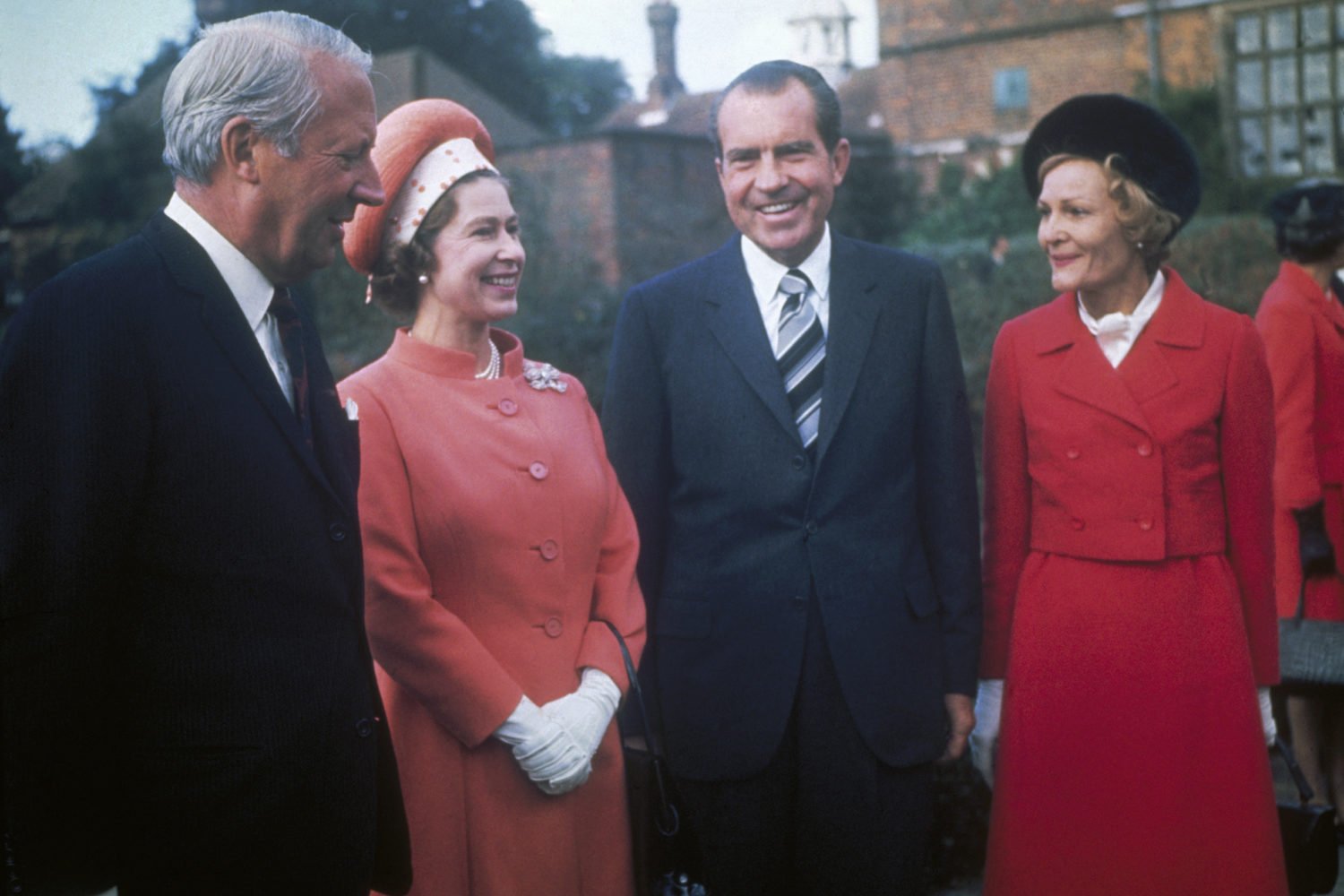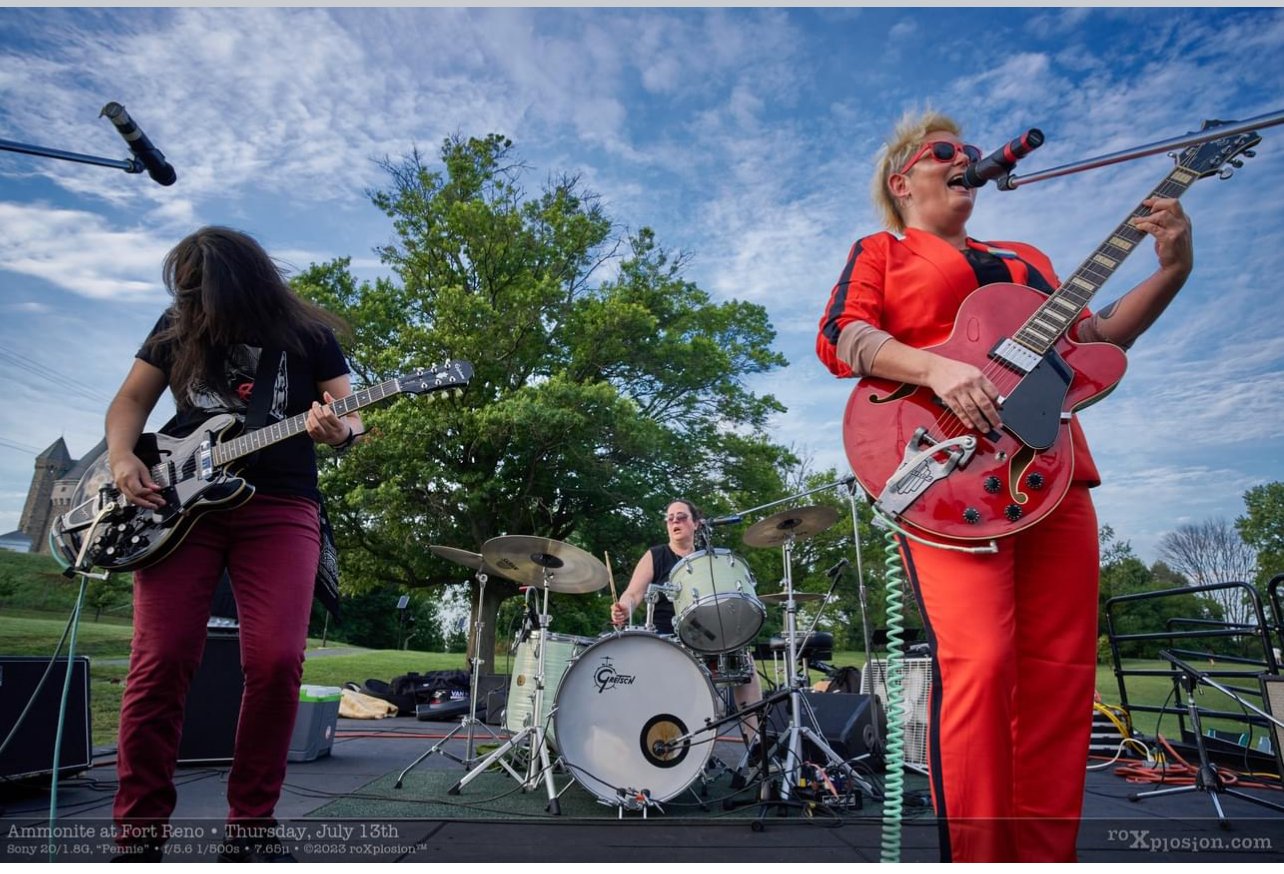When John Singer Sargent gave up his lucrative oil portraiture at the height of his career to focus on his murals, he still needed a way to keep the lights on. So, he continued his portraiture using charcoals, which allowed him to capture a subject in a single sitting, as compared to the days-long process of oil painting.
Sargent created over 750 of these masterpieces, many of which have remained hidden in the private collections of art collectors and relatives. Born through a cooperative effort by the National Portrait Gallery and New York’s Morgan Library & Museum, “John Singer Sargent: Portraits in Charcoal” is the first major exhibition exclusively of these charcoal works.

The figures in the 50 portraits on display make up a veritable “who’s who” of Edwardian society. From actress Ethel Barrymore, to poet William Butler Yeats, to a young Queen Elizabeth The Queen Mother (on loan from Queen Elizabeth II herself), Sargent manages to capture the spirit of each individual in a fluid style containing both immaculate detail and gauzy impressionism.
Exhibition curator Robyn Asleson says the Gallery took care to present both prominent historical figures and tastemakers forgotten by time. Some such tastemakers: Daisy Fellowes (former Paris editor of Harper’s Bazaar) daringly gazes out from underneath a chic hat, while DC political hostess Ellen Peabody Endicott arches her eyebrows in a bemused, tight-lipped glance.
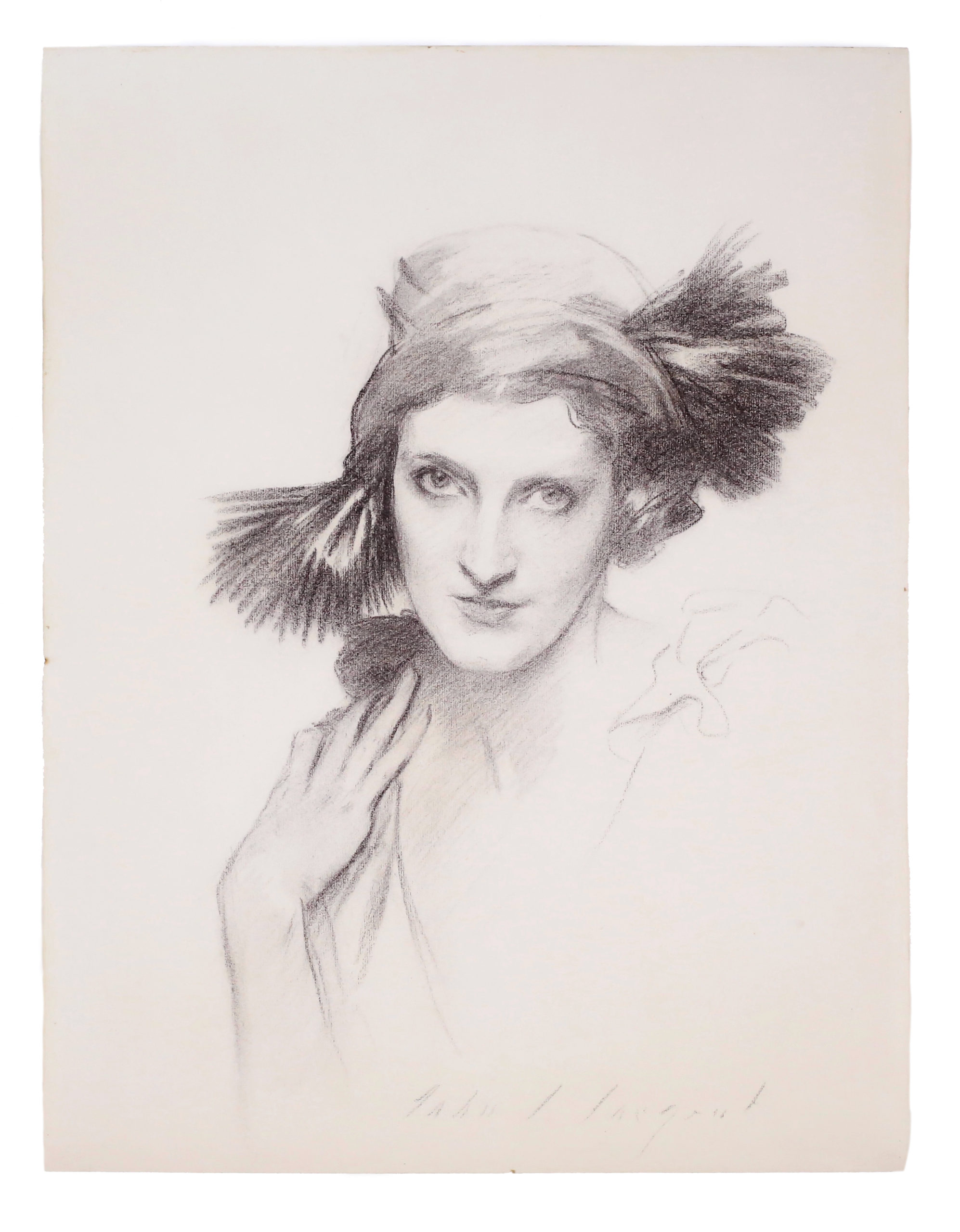
Capturing both feminine beauty and distinct personality in his female portraits made Sargent an anomaly for his time. “Sargent was so successful in representing women,” Asleson says. “These women are not objects to be represented, they are observers. They’re observing the artist, they’re looking back at us. And I think you can almost see…their minds working.”
Sargent was gifted in nailing individual characters in his oil portraits; this skill is even more prominent in the meticulous intimacy of his charcoals. Up close, you can see the intense precision of each miniscule charcoal stroke, the intentionality of each smudged highlight. But step back, and an almost photorealistic visage emerges from a deep background. A nuanced, fully-fleshed human nature captured on paper in a single, 2 hour session.
“He was so good,” Asleson says. “It came so naturally to him to see people’s character and their psychology, that he undervalued how brilliant it was. That’s why they’re so timeless, you feel like you’re looking at people, you have a connection with a real person.”
“John Singer Sargent: Portraits in Charcoal” is on display at the National Portrait Gallery through May 31

